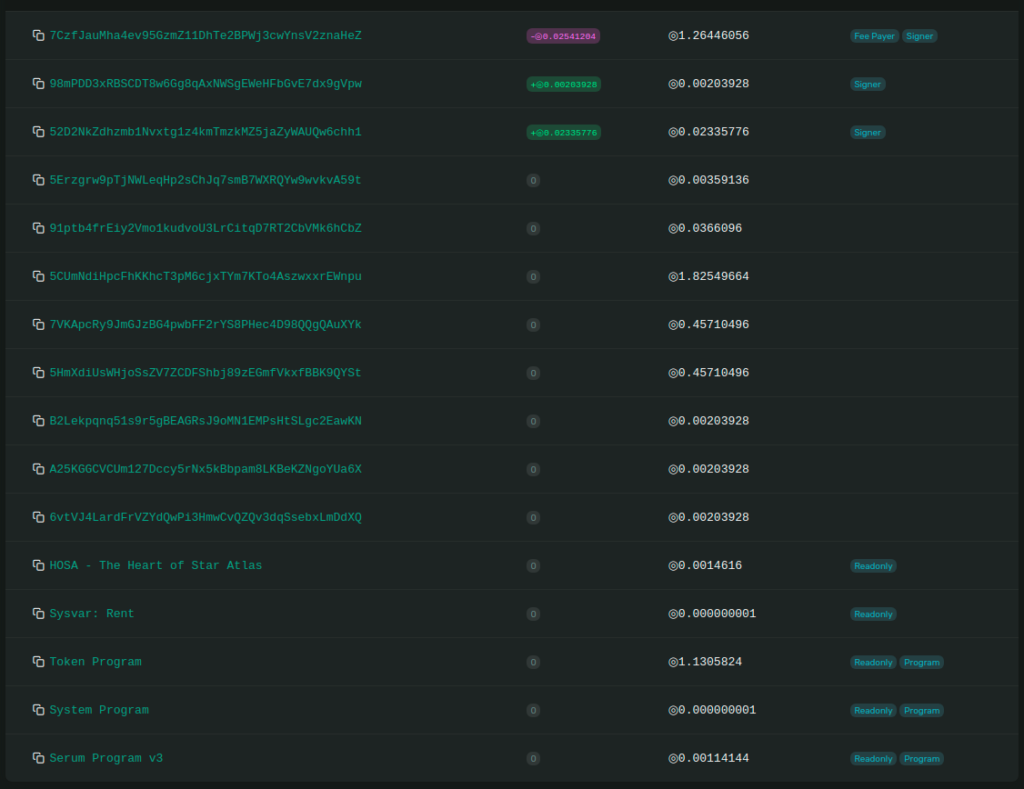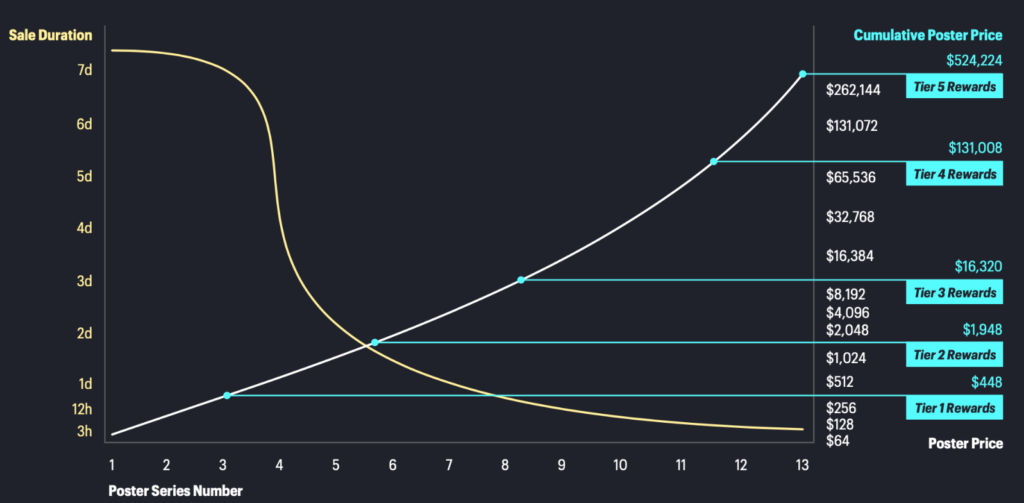A self-directed Individual Retirement Account (IRA) is a type of retirement account that allows individuals to have more control and flexibility over their investments compared to traditional IRAs. With a self-directed IRA, the account holder can choose from a wide range of investment options beyond the typical stocks, bonds, and mutual funds. This includes alternative assets such as real estate, private equity, precious metals, and even cryptocurrencies like Bitcoin, Ethereum, and Solana.
To self-custody Bitcoin, Ethereum, and Solana within a tax-deferred self-directed IRA account, here’s how the process generally works:
- Find a Self-Directed IRA Custodian: The first step is to locate a reputable self-directed IRA custodian that allows for cryptocurrency investments. These custodians specialize in facilitating alternative asset investments within IRAs and can guide you through the process.
- Set Up an Account: Once you’ve chosen a custodian, you’ll need to complete their application process to open a self-directed IRA account. This typically involves providing identification documents and completing necessary paperwork.
- Fund Your IRA: After your account is established, you’ll need to fund it by transferring or rolling over funds from an existing retirement account like a 401(k) or traditional IRA. You can also contribute new funds directly into your self-directed IRA up to the annual contribution limit set by the IRS.
- Choose a Wallet or Exchange: Next, you’ll need to select a secure digital wallet or exchange where you can store your Bitcoin, Ethereum, or Solana. It’s important to choose reputable platforms with strong security measures in place to protect your assets.
- Direct Investments: Once your wallet or exchange is set up, you’ll direct your self-directed IRA custodian to invest in cryptocurrencies on your behalf using the funds available within your IRA account. The custodian will execute the transactions according to your instructions.
- Maintain Compliance: It’s crucial to ensure that all transactions and holdings within your self-directed IRA comply with IRS regulations. This includes reporting requirements, tax filings, and adhering to any specific rules or restrictions imposed by the custodian.
By utilizing a self-directed IRA to self-custody Bitcoin, Ethereum, and Solana, you can potentially benefit from the tax advantages of a retirement account. Traditional IRAs offer tax-deferred growth, meaning you won’t pay taxes on the gains until you withdraw the funds in retirement. Roth IRAs, on the other hand, allow for tax-free growth if certain conditions are met.
It’s important to note that investing in cryptocurrencies comes with risks and volatility. Additionally, self-directed IRAs may have higher fees compared to traditional IRAs due to the additional administrative complexity involved. Therefore, it’s advisable to carefully evaluate the risks and consult with a financial advisor or tax professional before making any investment decisions within a self-directed IRA.




